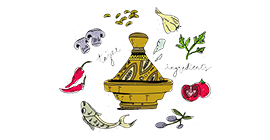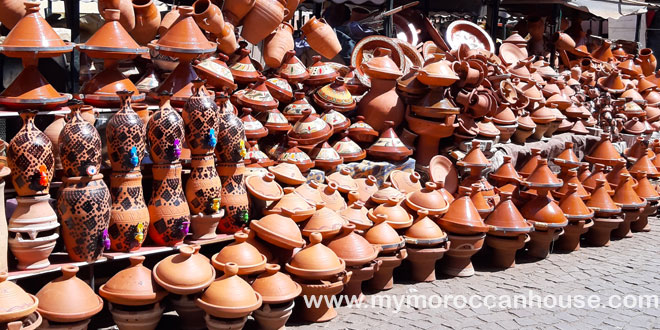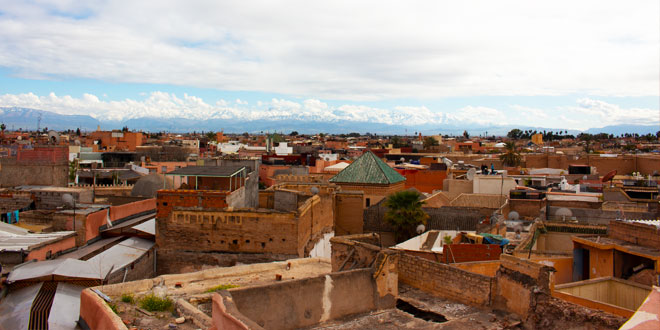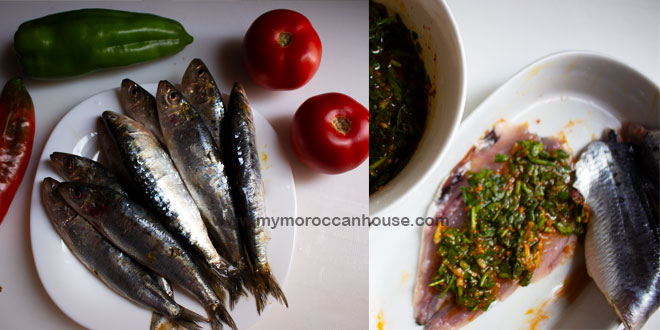You have reached this interesting post as you might be among those who have asked the following questions: are Moroccans black? What is the race of Moroccans? Is Morocco considered African? Are Moroccans Middle Eastern? Are there black Moroccans? if so, you have come to the right place.
Nearly 99 percent of Moroccans are Muslim, with tiny minorities of Christians and Jews. The literacy rate is about 51.7 percent (64.1 percent for men, 39.4 percent for women). The main languages are Arabic, Berber, and French. English is increasingly spoken by young people, especially in big cities and tourist areas.
Are Moroccans Black?
In general, in Morocco, we don’t have that kind of color segregation. That is to say, black or white is not an issue, and Moroccans will never judge someone by their skin color.
To put it simply, we can find all colors in Morocco; some Moroccans look like Europeans, some look like Arabs, some of them look like Latinos, and some few Moroccans look Black.
Similarly, being located in the north of Africa, people living around the Mediterranean are mostly white, while people from sub-Saharan Africa are mostly dark-skinned or black.
Here in Morocco you might notice that people’s skin color lightens as you head from the south to the north, people in the south are distinguished by a darker skin tone or even black, while in the north the skin tone is lighter, this is due to the geographical position of the country and also its historical factors.
As a whole, Moroccans are viewed as white. It is claimed that North Africa has been called “White Africa” for a long period of time, as opposed to Sub-Saharan Africa which is black.
To put it simply, Morocco is a diverse, layered country. Moroccans are considered caucasoid Mediterranean Amazigh and Arabs. However, there is a black minority in the recent Arab trans-Saharan slave trade mostly in southern regions.
Therefore, starting from the northern cities of Morocco you would notice people having white skin and colored eyes since the majority are Amazigh people, known For white skin, fair or black hair, and colored eyes. When you head down to the southern areas of the country, the inhabitants tend to have darker skin, and some of them are black people.
Consequently, we can decipher that although Morocco has only been an independent state since 1956, its history is as rich and complex as its people. Over time and due to its exceptional location, the influences of various cultures have shaped Morocco and its population, ultimately contributing to its fabulous diversity.
What Is the Race of Moroccans?
Moroccans are the inhabitants and the citizens of Morocco. The majority of the Moroccan population is Amazigh or Berber, including the Arabized Berbers of the coastal plains, Arab, including the Hassanya of the Sahara, Moorish from Al Andalus, and Black or so-called “Harratins” of the south and descendants of Sub-Saharan slaves.
The indigenous people of Morocco are now known as the Berbers or Amazigh. They are thought to have migrated over time from the southwest or central Asia to North Africa, where they inhabited the Mediterranean coastline from Egypt to the Atlantic.
Is Morocco Considered African?
Morocco’s original inhabitants were Berber, but the arrival of Arabs with the introduction of Islam has, over the centuries, mixed and remixed the two populations to a point where the line between Arab and Berber is often rather blurred. Nonetheless, culturally there has frequently been a clear demarcation
between speakers of Arabic, in its Moroccan form known as Darija, and Berber languages (known as Amazigh).
Are Moroccans Middle Eastern?
The Berbers were Morocco’s original inhabitants. The Arabs arrived at the end of the seventh century, Eventually, nearly all the Berbers converted to the new religion and were immediately accepted as fellow and brother Muslims by the Arabs.
Today, most Moroccans can claim both Arab and Berber ancestors, though a few, especially Shereefs, who trace their ancestry back to the Prophet Mohammed and have the title “Moulay” claim to be pure Arabs.
But in the Rif and Atlas mountains, and in the Souss Valley, groups of pure Berbers remain and
retain their ancient languages ” Tarfit, Tamazight, and Teshalhit.
But the country’s major language remains Arabic.
Are There Black Moroccans?
Morocco is a country whose indigenous population is Berber who mixed with Arab emigrants with a minority of black people from sub-Sahara called Haratin in Moroccan dialect. So, the majority of Moroccans have rather fair skin.
Skin color in Morocco varies widely from north to south. The majority of Moroccans have Mediterranean looks with slightly black or mixed race in the southern cities.
As a whole, North African and the middle eastern are classed as white. Morocco is a very diverse and multi-layered country, so, there are black people, most in the south, and there are white people who are more common in the north.
What Is so Special About Morocco? Reasons Why You Should Visit Morocco
Morocco is a land of glamorous and vivid contrasts. The gateway to two continents, it is a country of breathtaking landscapes, rich in history and heady with magnific scents and spectacular sights.
While the countryside is home to old traditions and diverse peoples, the ever-growing urban centers boast incredible new architecture together with the old, and activities to suit all modern tastes.
Morocco’s diverse geography, multicultural atmosphere, and rich history make it a mesmerizing country.
Its towns offer a striking contrast of ancient kasbahs, mosques and souks and modern architecture, with a
mix of Berber, Arab and African peoples.
In the crowded ancient medinas, young men in designer jeans haggle over cell phones alongside traditionally dressed women shopping for housewares.
In the fertile countryside, a farmer riding on a goat is as common a sight as a television satellite perched on a mud-brick roof.
Moroccan culture is extremely rich and difficult to pigeonhole. Moroccan landscape includes beaches, mountains, lakes, forests, and deserts.
Morocco is a unique blend of Arab, African, and European ways of life, and the Moroccans wouldn’t have it any other way.
Moroccan cuisine is rich and varied, owing to a variety of cultural influences. Meat is well-spiced and lean, vegetables are fresh and abundant, and everything is permeated with spices.
Moroccan cooking is quite labor-intensive and dishes are pleasingly presented as well as meticulously prepared.
Beef, lamb, fish, and chicken are all popular and used in a variety of dishes. Pigeon and turkey are also available, and the seafood in the coastal cities is not to be missed.
Meat is prepared according to Islamic halal regulations.
Rice, semolina wheat, and barley grains are used for a variety of dishes. A wide range of spices is used, including cumin, saffron, paprika, ginger, cinnamon, red and black pepper, and a special mixture called ras al-hanout is widely used in Moroccan cuisine.
A typical Moroccan meal starts with something fresh or cooked salads, olives and pickled vegetables and bread, and sometimes a cold beverage. The main course is then brought out, usually in a large pot, or tajine.
Moroccans will either eat from the main dish with their hands or using spoons, or serve food on to individual dishes.
After the main course is through and plates are removed, various fruits are arranged on the table, and mint tea is served, sometimes with Moroccan cookies.



